Browse Articles
View all-
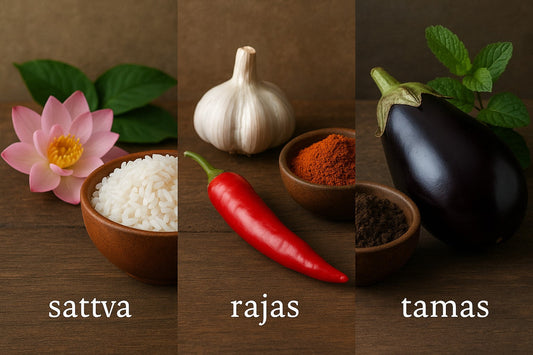
Sattvic, Rajasic, Tamasic - The Characteristics...
From the ancient wisdom of Ayurveda comes a deep understanding of food that reaches far beyond our knowledge of proteins, carbohydrates, fats, vitamins, minerals and trace elements. Food is more...
Sattvic, Rajasic, Tamasic - The Characteristics...
From the ancient wisdom of Ayurveda comes a deep understanding of food that reaches far beyond our knowledge of proteins, carbohydrates, fats, vitamins, minerals and trace elements. Food is more...
-
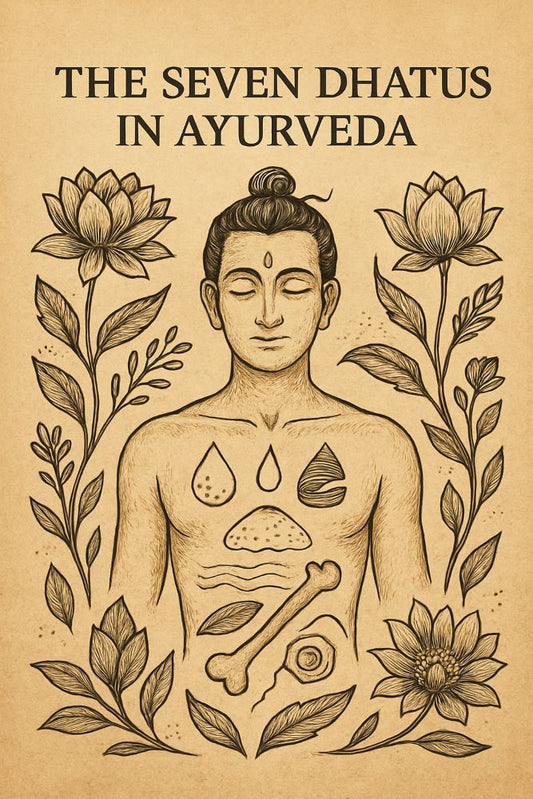
The Seven Dhatus: Understanding the Basics of H...
At the heart of Ayurveda lies a deep understanding of the five elements (air, earth, fire, water, and space/ether), the three gunas (characteristics of nature that include sattva/purity, rajas/motion, and...
The Seven Dhatus: Understanding the Basics of H...
At the heart of Ayurveda lies a deep understanding of the five elements (air, earth, fire, water, and space/ether), the three gunas (characteristics of nature that include sattva/purity, rajas/motion, and...
-
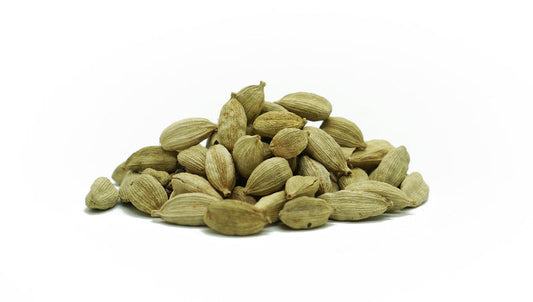
The Health Benefits of Cardamom
What is Cardamom? Native to India, Bhutan, Nepal and Indonesia, cardamom (Elettaria Cardamom) is a member of the ginger and turmeric family. Like saffron and vanilla, it is one of...
1 commentThe Health Benefits of Cardamom
What is Cardamom? Native to India, Bhutan, Nepal and Indonesia, cardamom (Elettaria Cardamom) is a member of the ginger and turmeric family. Like saffron and vanilla, it is one of...
1 comment -
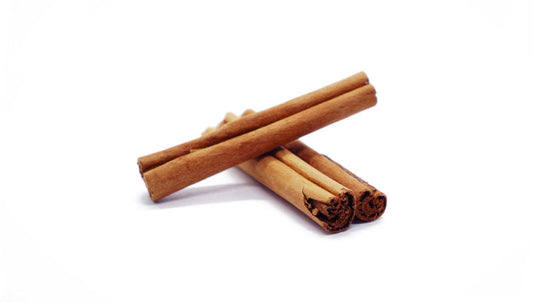
The Health Benefits of Cinnamon
What is Cinnamon? Cinnamon is probably the most popular spice in the world. Dating back to ancient Egypt, humans have been using it to bring sweet-spicy flavor and delicate, heart-warming...
The Health Benefits of Cinnamon
What is Cinnamon? Cinnamon is probably the most popular spice in the world. Dating back to ancient Egypt, humans have been using it to bring sweet-spicy flavor and delicate, heart-warming...
-
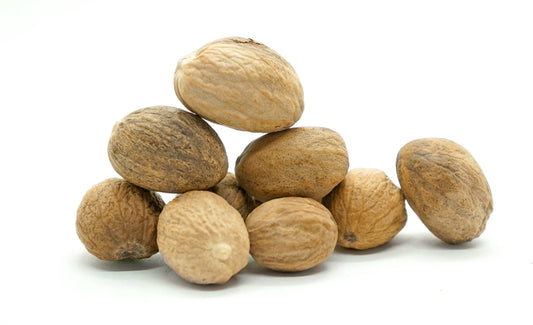
The Health Benefits of Nutmeg
Nutmeg is yet another wonderful spice with benefits that extend beyond its heavenly flavor and aroma. Its medicinal use dates back to the 12th century. Traditionally, many used it to...
The Health Benefits of Nutmeg
Nutmeg is yet another wonderful spice with benefits that extend beyond its heavenly flavor and aroma. Its medicinal use dates back to the 12th century. Traditionally, many used it to...
-
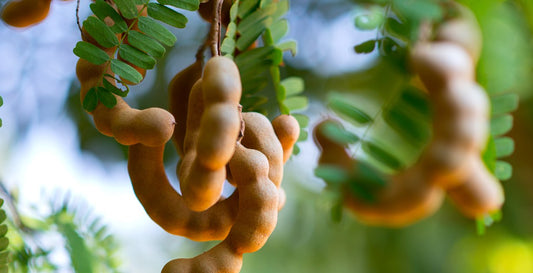
The Health Benefits of Tamarind
Where do I find Tamarind? If you enjoy Indian, Caribbean and Southeast Asian cuisine, you’ve probably had the pleasure of devouring tamarind (Tamarindus Indica). Its unmistakable sweet and sour flavor...
The Health Benefits of Tamarind
Where do I find Tamarind? If you enjoy Indian, Caribbean and Southeast Asian cuisine, you’ve probably had the pleasure of devouring tamarind (Tamarindus Indica). Its unmistakable sweet and sour flavor...
-

Your Digestion: Green Moong Daal Kitchari
Throughout time, humans have practiced various forms of fasting as a means to better health. In India, a “kitchari cleanse” is a temporary fast, commonly undertaken to reset the digestive...
Your Digestion: Green Moong Daal Kitchari
Throughout time, humans have practiced various forms of fasting as a means to better health. In India, a “kitchari cleanse” is a temporary fast, commonly undertaken to reset the digestive...
-
Ayurvedic Usage of Nutmeg
Nutmeg:Jaiphal – Nutmeg is an aphrodisiac, digestive tonic, very useful even with external application in case of headache, useful in cough, cold, asthma and more.Botanical Name - Myristica fragrans Henlt.Family...
Ayurvedic Usage of Nutmeg
Nutmeg:Jaiphal – Nutmeg is an aphrodisiac, digestive tonic, very useful even with external application in case of headache, useful in cough, cold, asthma and more.Botanical Name - Myristica fragrans Henlt.Family...
-
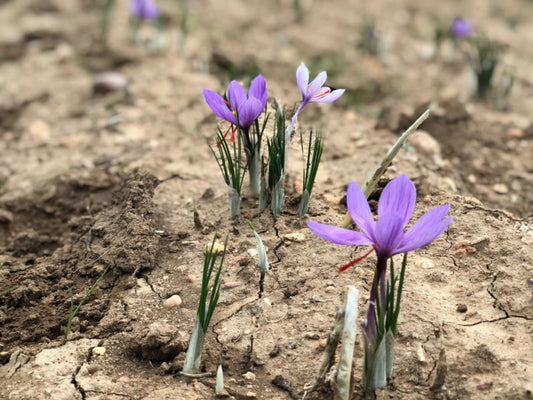
The Health Benefits of Saffron
Why so expensive? Saffron (Crocus Sativus) is the most expensive spice in the world. Yet around the globe, from home cooks to the finest Michelin-Star chefs, people are willing to...
The Health Benefits of Saffron
Why so expensive? Saffron (Crocus Sativus) is the most expensive spice in the world. Yet around the globe, from home cooks to the finest Michelin-Star chefs, people are willing to...
-

Arjuna Ksheerapaka – Arjuna Milk
Did you know there’s an old-time secret to a healthy heart? It lies in a simple Ayurvedic preparation known as Arjuna Ksheerapaka. Arjuna (Terminalia Arjuna), is an herb well known...
Arjuna Ksheerapaka – Arjuna Milk
Did you know there’s an old-time secret to a healthy heart? It lies in a simple Ayurvedic preparation known as Arjuna Ksheerapaka. Arjuna (Terminalia Arjuna), is an herb well known...
-
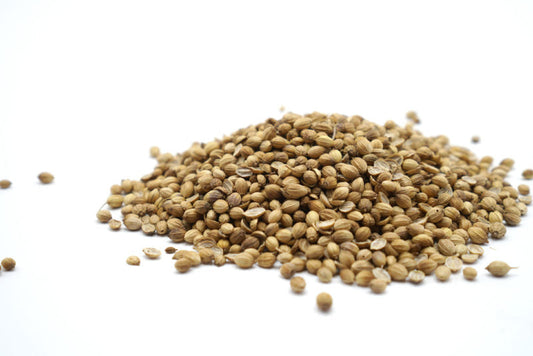
The Health Benefits of Coriander
Coriander comes from the round, tan-colored seeds of the coriander plant (Coriandrum sativum), a member of the parsley family. The word coriander describes the entire plant: leaves, stems, and seeds....
The Health Benefits of Coriander
Coriander comes from the round, tan-colored seeds of the coriander plant (Coriandrum sativum), a member of the parsley family. The word coriander describes the entire plant: leaves, stems, and seeds....
-
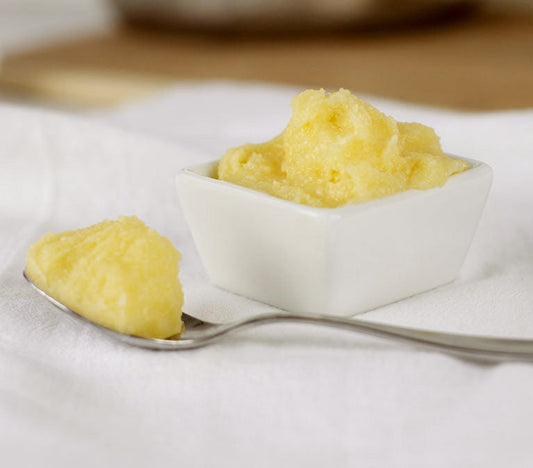
Will Ghee Make Me Fat?
"Will ghee make me fat?" Some circles in Western cultures consider fats and oils “fattening” since they contain nearly twice as many calories per gram as proteins and carbohydrates. Although...
Will Ghee Make Me Fat?
"Will ghee make me fat?" Some circles in Western cultures consider fats and oils “fattening” since they contain nearly twice as many calories per gram as proteins and carbohydrates. Although...
-
What to Do with That Not-So-Tasty Jar of Old Ghee
Ghee is stable fat. It’s great for cooking because unlike butter and some oils, it has a high flash point and won’t easily smoke and burn. Once opened, ghee stores...
What to Do with That Not-So-Tasty Jar of Old Ghee
Ghee is stable fat. It’s great for cooking because unlike butter and some oils, it has a high flash point and won’t easily smoke and burn. Once opened, ghee stores...
-
The Health Benefits of Cumin
What is Cumin? Cumin is an awesome spice that enlivens all kinds of delicious, savory dishes from soups to mains to roasted nuts. “Cumin” refers to both the whole and...
The Health Benefits of Cumin
What is Cumin? Cumin is an awesome spice that enlivens all kinds of delicious, savory dishes from soups to mains to roasted nuts. “Cumin” refers to both the whole and...
-
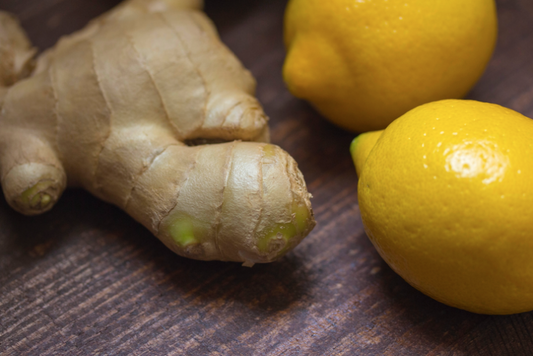
The Health Benefits of Ginger
What is Ginger? Hands down, ginger (Zingiber Officinale) is one of best super-foods on planet Earth. It’s an easily-available, affordable, seriously versatile, health-boosting anti-inflammatory goodie that brightens up everything from...
The Health Benefits of Ginger
What is Ginger? Hands down, ginger (Zingiber Officinale) is one of best super-foods on planet Earth. It’s an easily-available, affordable, seriously versatile, health-boosting anti-inflammatory goodie that brightens up everything from...
-

The Health Benefits of Turmeric
The Health Benefits of Turmeric To the Hindu people of India, the importance of turmeric goes far beyond medicine. Turmeric is sacred! It is auspicious in every sense of...
The Health Benefits of Turmeric
The Health Benefits of Turmeric To the Hindu people of India, the importance of turmeric goes far beyond medicine. Turmeric is sacred! It is auspicious in every sense of...
-

The Health Benefits of Brahmi (Bacopa monnieri)
Bacopa monnieri is a lovely, flowering herb with small, succulent leaves. It grows in the marshy wetlands of India, Australia, Europe, Africa, Asia, and the Americas. It flourishes under water...
The Health Benefits of Brahmi (Bacopa monnieri)
Bacopa monnieri is a lovely, flowering herb with small, succulent leaves. It grows in the marshy wetlands of India, Australia, Europe, Africa, Asia, and the Americas. It flourishes under water...
-
Spring Cleansing Ideas from Ayurveda
Spring marks the transition period between winter and summer. Spring lasts from March to May. As per Ayurvedic season classification, this period is called Vasanta. Need for spring body cleanseAccording...
Spring Cleansing Ideas from Ayurveda
Spring marks the transition period between winter and summer. Spring lasts from March to May. As per Ayurvedic season classification, this period is called Vasanta. Need for spring body cleanseAccording...
-

More Health Benefits of Cardamom
Cardamom is a spice that comes from the seed pods of various plants in the ginger family. To use it, grind the entire pod or leave it whole, though the...
More Health Benefits of Cardamom
Cardamom is a spice that comes from the seed pods of various plants in the ginger family. To use it, grind the entire pod or leave it whole, though the...
-
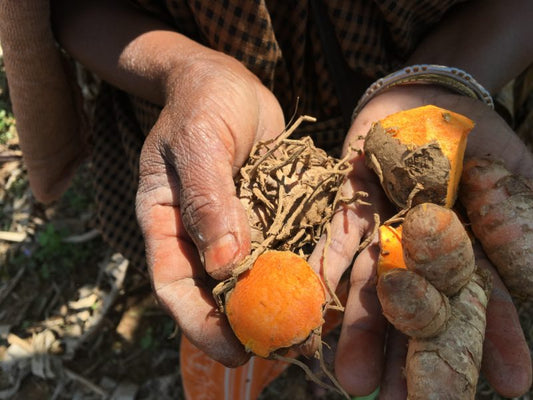
More Health Benefits of Turmeric
Turmeric is a flowering plant. Known as, Curcuma longa of the ginger family, it is one of the most useful and famous Ayurvedic herbs. It has a peppery, warm, and...
More Health Benefits of Turmeric
Turmeric is a flowering plant. Known as, Curcuma longa of the ginger family, it is one of the most useful and famous Ayurvedic herbs. It has a peppery, warm, and...
-

Getting sick too often? You need Ashwagandha.
What you need to know about Ashwagandha... One of the most important healing herbs used in the ancient practice of Ayurveda is Ashwagandha (Withania Somnifera). It is revered for its...
Getting sick too often? You need Ashwagandha.
What you need to know about Ashwagandha... One of the most important healing herbs used in the ancient practice of Ayurveda is Ashwagandha (Withania Somnifera). It is revered for its...
-

Girl! Your hormones are a mess. You need Shatav...
What you need to know about Shatavari... Shatavari is one of the most sought-after medicinal herbs used in the ancient healing practice of Ayurveda. Found throughout India, Sri Lanka, Nepal...
Girl! Your hormones are a mess. You need Shatav...
What you need to know about Shatavari... Shatavari is one of the most sought-after medicinal herbs used in the ancient healing practice of Ayurveda. Found throughout India, Sri Lanka, Nepal...
-
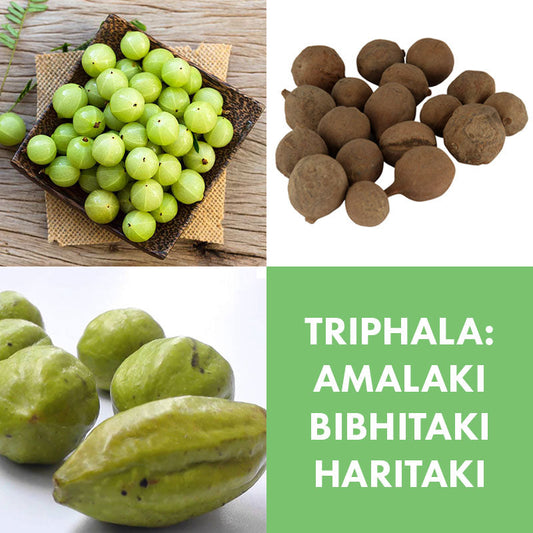
The Three Fruits of Triphala
For thousands of years, the indigenous peoples of India have relied upon the ancient wisdom of Ayurveda, a masterful system of holistic health designed to confer balance between mind, body...
1 commentThe Three Fruits of Triphala
For thousands of years, the indigenous peoples of India have relied upon the ancient wisdom of Ayurveda, a masterful system of holistic health designed to confer balance between mind, body...
1 comment -

-

Why Herbal Ghee?
If you love ghee, you have smart taste buds! Not only is ghee delicious and nutritious, but that fragrant buttery oil also holds an exalted place in Ayurveda (the traditional...
Why Herbal Ghee?
If you love ghee, you have smart taste buds! Not only is ghee delicious and nutritious, but that fragrant buttery oil also holds an exalted place in Ayurveda (the traditional...
-
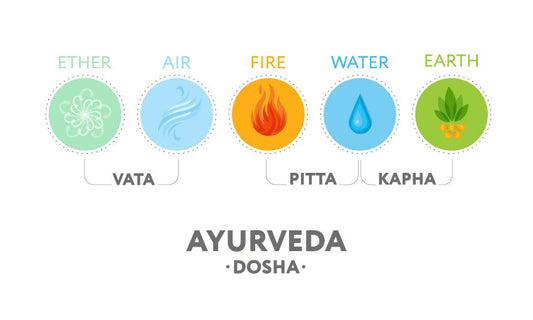
Introduction to Ayurveda: A Balance of the Ele...
by Greta Kent-Stoll, CAS BALANCE IS RELATIVE Have you ever wondered why some people run warm and some run cold? Or why one person loves spicy food and another...
Introduction to Ayurveda: A Balance of the Ele...
by Greta Kent-Stoll, CAS BALANCE IS RELATIVE Have you ever wondered why some people run warm and some run cold? Or why one person loves spicy food and another...
-

How do you say ghee in different languages
Arabic: samna (سمنة), samnehBangla: ghī (ঘী)Brazil: manteiga clarificadaEnglish: butter Oil, clarified butter, drawn butter, seafood butterFrench: beurre clarifié, beurre noisette (hazelnut butter, nutty butter or brown butter)German: ausgelassene butter, Butterschmalz,...
How do you say ghee in different languages
Arabic: samna (سمنة), samnehBangla: ghī (ঘী)Brazil: manteiga clarificadaEnglish: butter Oil, clarified butter, drawn butter, seafood butterFrench: beurre clarifié, beurre noisette (hazelnut butter, nutty butter or brown butter)German: ausgelassene butter, Butterschmalz,...
-

Dairy Intolerance is not a dairy allergy
Dairy intolerance can present in a wide array of annoying symptoms. Dairy intolerance should not be confused with a true allergy to dairy products. For most people who have dairy...
Dairy Intolerance is not a dairy allergy
Dairy intolerance can present in a wide array of annoying symptoms. Dairy intolerance should not be confused with a true allergy to dairy products. For most people who have dairy...
























